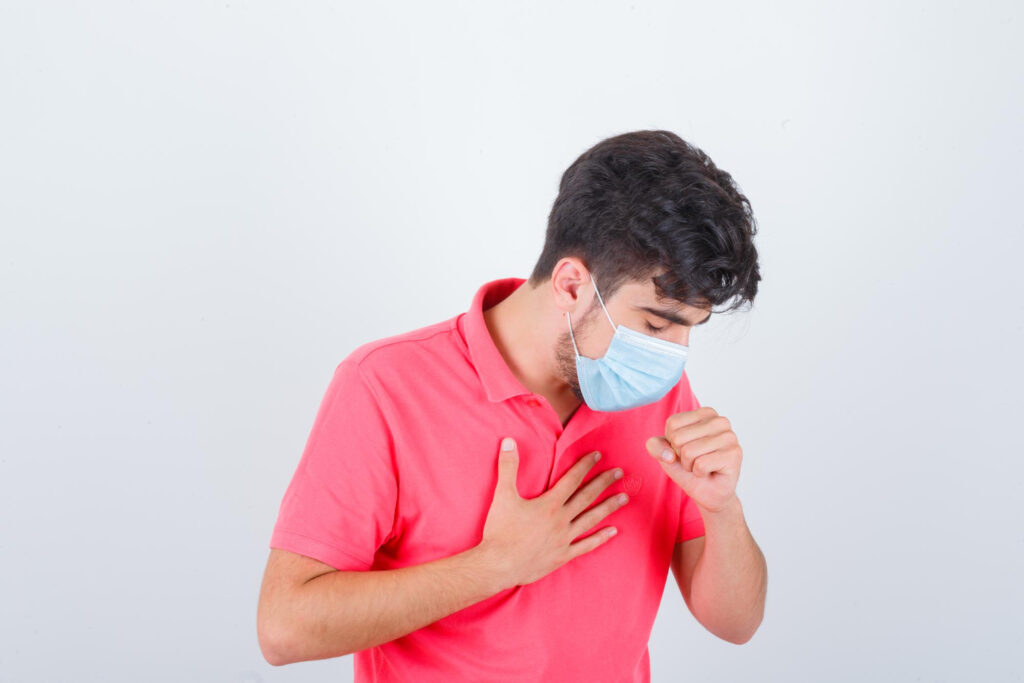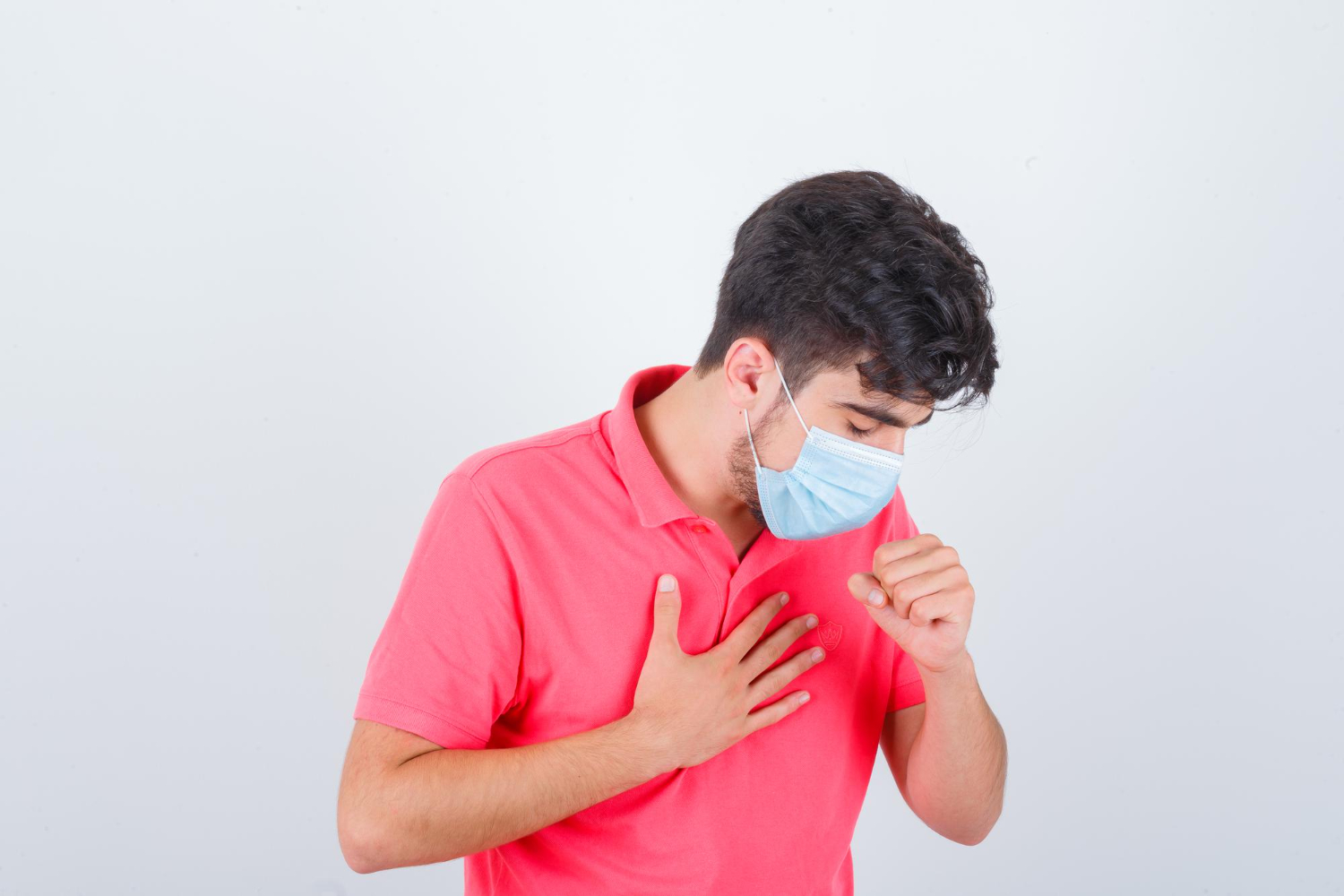
Overview
Popcorn lung, also known as bronchiolitis obliterans, is a rare but serious lung condition that causes damage to the smallest airways in the lungs, leading to difficulty in breathing. Despite its quirky name, this disease is not to be taken lightly, as it can have long-term effects on lung health. In this blog post, we’ll explore the causes, symptoms, and ways to prevent popcorn lung, as well as available treatments for those affected by this irreversible condition.
What is Popcorn Lung?
Popcorn lung (bronchiolitis obliterans) refers to the scarring and inflammation of the tiny airways (bronchioles) in the lungs, which can obstruct airflow and cause breathing difficulties. The condition got its name when workers in microwave popcorn factories were diagnosed with it after being exposed to a chemical called diacetyl. Diacetyl, used to give a buttery flavor to popcorn, was identified as the cause of their lung damage.
However, this lung disease isn’t limited to factory workers. Anyone who inhales harmful chemicals, including those found in e-cigarettes and vape products, can develop popcorn lung. Other industrial fumes and environmental toxins may also contribute to the development of this condition.
Causes of Popcorn Lung
The primary cause of popcorn lung is prolonged exposure to dangerous chemicals that can scar the lungs. Diacetyl is one of the most common offenders, but there are other toxins linked to bronchiolitis obliterans, including:
- Acetaldehyde – A toxic chemical found in marijuana smoke and some e-cigarettes.
- Ammonia and Chlorine – Used in cleaning products and industrial chemicals.
- Formaldehyde – A common industrial compound found in resins used for building materials.
- Sulfur Dioxide – Released when burning fossil fuels like coal or oil.
- Welding Fumes – Fumes produced during welding processes, containing metal oxides and nitrogen oxides.
The most notable modern concern is the use of e-cigarettes and vaping products, which sometimes contain diacetyl or other harmful chemicals. Inhaling these vapors over time can damage lung tissue and lead to popcorn lung.
Popcorn lung can also develop in people who’ve undergone lung transplants, suffered severe respiratory infections, or been exposed to large amounts of toxic fumes over time.
Symptoms of Popcorn Lung
Popcorn lung typically develops gradually, and symptoms can worsen over time. The symptoms often resemble other respiratory conditions like asthma or chronic obstructive pulmonary disease (COPD), which can make diagnosis difficult. The key symptoms include
Related : heart disease in women: key symptoms and prevention tips
- Chronic Cough – A persistent dry cough that doesn’t produce mucus.
- Shortness of Breath – Difficulty breathing, especially during physical exertion, and often even when resting.
- Wheezing – A high-pitched whistling sound while breathing, often associated with asthma-like symptoms.
- Fatigue – General tiredness due to the body receiving less oxygen from the damaged lungs.
- Tightness in the Chest – Feeling of pressure or discomfort in the chest, particularly after physical activity.
In some cases, the skin may develop rashes or redness, especially when the condition is related to chemical exposure.
Diagnosis of Popcorn Lung
Since the symptoms of popcorn lung can mimic other lung diseases, a thorough medical examination is necessary to confirm the diagnosis. Doctors may use a combination of the following tests:
- Pulmonary Function Test (PFT): This assesses how well your lungs are working, checking for airflow restriction or blockages.
- CT Scans and X-rays: Imaging tests that help identify scarring or inflammation in the lungs.
- Lung Biopsy: In some cases, a small piece of lung tissue may be taken for further examination to confirm the presence of popcorn lung.
Early diagnosis is critical because the lung damage caused by popcorn lung is irreversible. Detecting the disease early can help slow its progression and manage symptoms more effectively.
Treatment Options for Popcorn Lung
There is no cure for popcorn lung, but treatments are available to relieve symptoms and slow the progression of the disease. The goal of treatment is to improve breathing and reduce inflammation in the lungs. Some common treatment methods include:
- Corticosteroids: These anti-inflammatory drugs, like prednisone, help reduce lung inflammation and may slow down further damage.
- Bronchodilators: These medications, often administered through inhalers, help open up the airways to make breathing easier.
- Oxygen Therapy: For patients with severe lung damage, oxygen therapy may be necessary to maintain proper oxygen levels in the blood.
- Immunosuppressive Medications: For individuals with lung transplants or immune-related causes of popcorn lung, these drugs help prevent the immune system from attacking lung tissue.
In extreme cases, particularly when the damage is extensive, a lung transplant may be required. However, this is usually a last resort, and patients still face the risk of popcorn lung reoccurring after the transplant.
Preventing Popcorn Lung
Prevention is the most effective way to protect yourself from popcorn lung, especially if you work in environments where you are exposed to hazardous chemicals or industrial fumes. Here are some key prevention tips:
- Avoid Vaping or Smoking: Since many vape products and e-cigarettes contain harmful chemicals, avoiding their use can reduce the risk of developing lung damage.
- Use Protective Equipment: If you work in environments where chemicals are present, wear masks, respirators, and other protective gear to minimize exposure.
- Improve Ventilation: Ensure proper ventilation in workplaces to reduce the concentration of harmful fumes in the air.
- Follow Safety Protocols: Employers must provide proper safety protocols for handling dangerous chemicals, and workers should follow all precautions to limit their exposure.
For those who have had lung transplants or have underlying lung conditions, regular medical check-ups and monitoring are essential to detect early signs of lung damage.
The Takeaway
Popcorn lung is a serious condition that can lead to permanent lung damage if not detected and treated early. The disease is caused by inhaling harmful chemicals, often in industrial settings or through vaping and smoking, which scar the lung’s smallest airways. Symptoms, including chronic cough, shortness of breath, and fatigue, can mimic other lung diseases, making early diagnosis crucial for managing the condition.
While there is no cure for popcorn lung, treatments are available to manage symptoms and prevent further damage. The best way to avoid popcorn lung is to steer clear of harmful chemical exposure, whether by avoiding vaping products, following workplace safety measures, or seeking medical advice if symptoms appear.
By staying informed and taking proactive measures, individuals can reduce their risk of developing popcorn lung and protect their long-term lung health
Frequently Asked Questions
- What is popcorn lung?
Popcorn lung, or bronchiolitis obliterans, is a serious lung disease that causes scarring and inflammation in the small airways of the lungs, leading to difficulty in breathing. It was first linked to workers in microwave popcorn factories due to their exposure to a chemical called diacetyl.
- What causes popcorn lung?
The primary cause of popcorn lung is exposure to harmful chemicals, such as diacetyl, acetaldehyde, formaldehyde, ammonia, and welding fumes. Inhaling these chemicals over time can scar the lungs and lead to this condition. Vaping and e-cigarettes are also potential causes due to the chemicals they can contain.
- Can vaping cause popcorn lung?
Yes, vaping has been linked to popcorn lung. Some e-cigarettes and vape liquids contain diacetyl or other harmful chemicals, which can damage the lungs when inhaled, potentially leading to the development of popcorn lung.
- What are the symptoms of popcorn lung?
Common symptoms of popcorn lung include:
- Persistent dry cough
- Shortness of breath, especially during physical activity
- Wheezing
- Fatigue
- Chest tightness
- How is popcorn lung diagnosed?
Popcorn lung is diagnosed through various tests, including pulmonary function tests (PFTs), CT scans or X-rays, and sometimes a lung biopsy. These tests help doctors assess lung damage and airflow restriction.
- Can popcorn lung be cured?
No, popcorn lung cannot be cured. The lung damage caused by the disease is irreversible. However, treatments such as corticosteroids, bronchodilators, and oxygen therapy can help manage symptoms and slow the progression of the disease.
- Is there a way to prevent popcorn lung?
Yes, preventing exposure to harmful chemicals is the most effective way to avoid popcorn lung. Avoiding vaping, using protective equipment in hazardous work environments, ensuring proper ventilation, and following safety protocols can all help reduce the risk.












